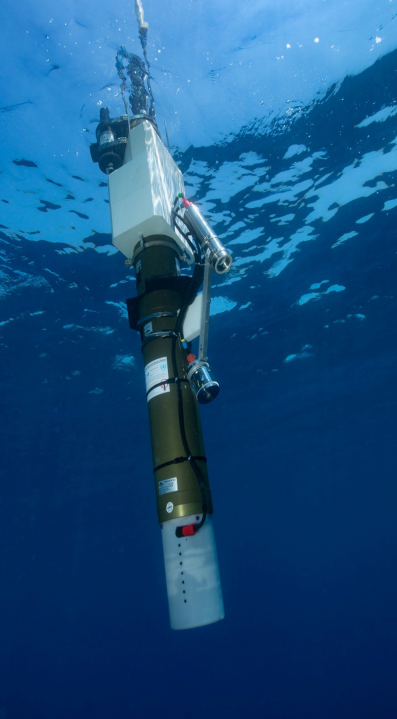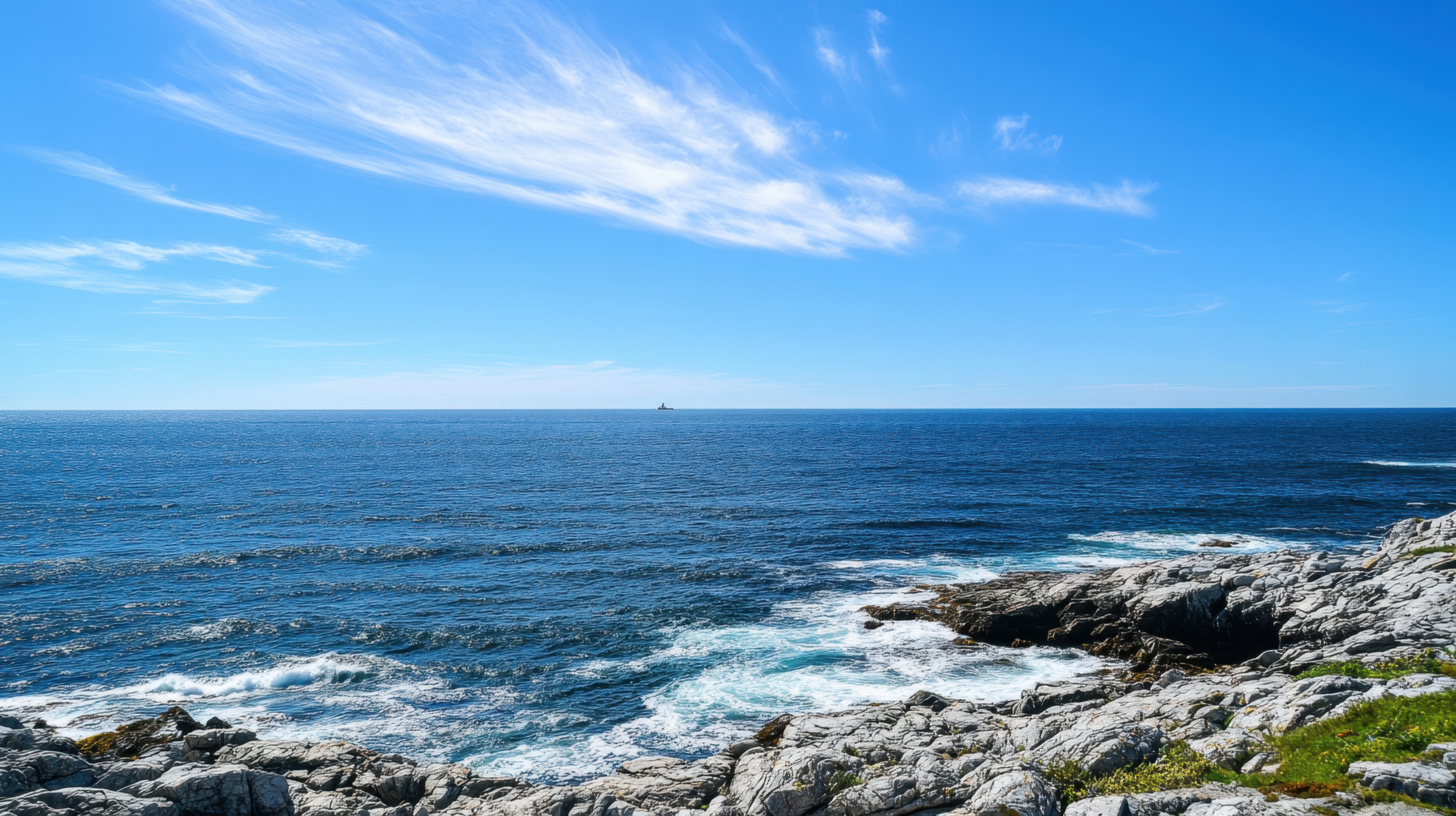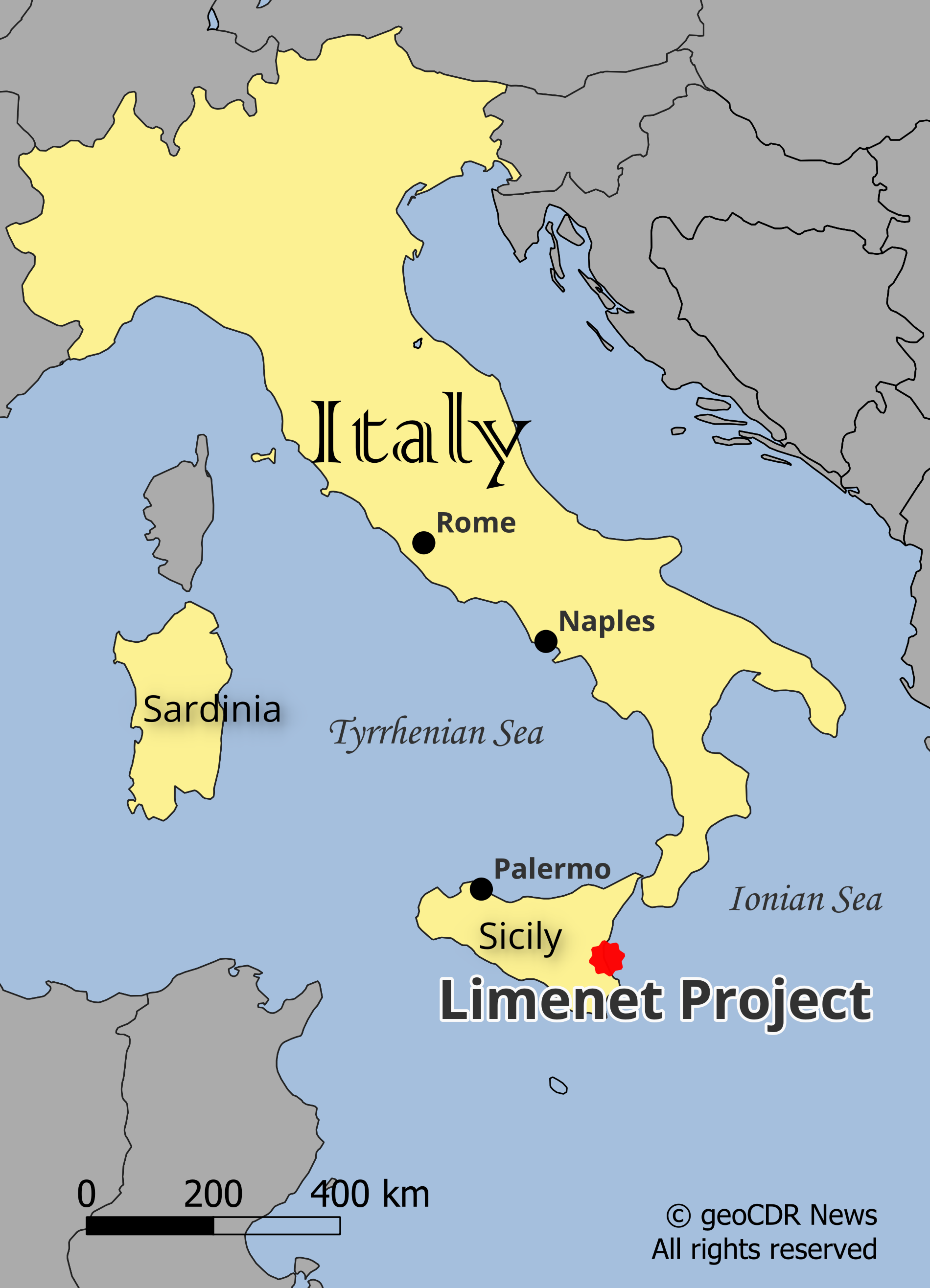—OAE moving from the lab to the ocean with new research guidelines, government funding, and business startups

Ocean alkalinity enhancement (OAE) is the least developed of the geologic methods of carbon dioxide removal (CDR), having been tested only in computer models and small-scale experiments in the lab and ocean.
Other geologic methods of CDR such as ERW and DACPS have either been implemented at large scale or are on the verge of doing so. But OAE remains in only the experimental stage, having not yet been tested at a large scale in the ocean.
Big questions remain about how much CO2 OAE can remove from the atmosphere and how spreading large amounts of rock dust in the ocean will impact marine life.
Progress is being made toward answering those big questions, however. Recently, technical guidelines were published for how to effectively conduct research on OAE. And, new government funding in the U.S. for developing verifying carbon removal methods will add further incentive to OAE development. Also, new businesses are being created that are testing the waters of OAE by proposing pilot projects at several locations in the ocean.
These new developments in OAE are located mainly in Europe, North America, and Australia, with little attention paid to OAE in Africa and Asia as found . . . Read more
OAE developer, Planetary Technologies, scaling out as well as up

Planetary Technologies has been on a roll since 2022 when it first obtained funding for testing its ocean alkalinity enhancement (OAE) strategy. The process involves adding magnesium hydroxide (Mg(OH)2) to coastal ocean water to make the ocean more alkaline (less acidic), thus enabling the ocean to absorb more CO2 from the atmosphere. The company is . . . Read more
Italian OAE developer, Limenet, joins Carbon Business Council and forges ahead with new plant and working capital

Limenet, an Italian climate tech start-up focused on ocean alkalinity enhancement (OAE), recently announced in a LinkedIn post that it has become a member of the Carbon Business Council — a nonprofit trade association uniting companies working to restore the climate.
This membership is the latest milestone in Limenet’s push to establish itself as a leader in ocean-based carbon removal using its patented process. In September 2024, the company launched its first modular carbon dioxide removal facility in Augusta, Sicily, a major step toward scaling up ocean carbon storage. The plant converts atmospheric CO2 into stable calcium bicarbonate (Ca(HCO3)2) dissolved in seawater and is designed to process up to 100 kilograms of CO2 per hour.
Adding to its credentials, Limenet recently secured ISO 14064-2 certification from RINA, an international standards body, for its carbon removal methodology. This recognition places the company among a small group of firms globally whose processes meet rigorous verification standards . . . . Read more